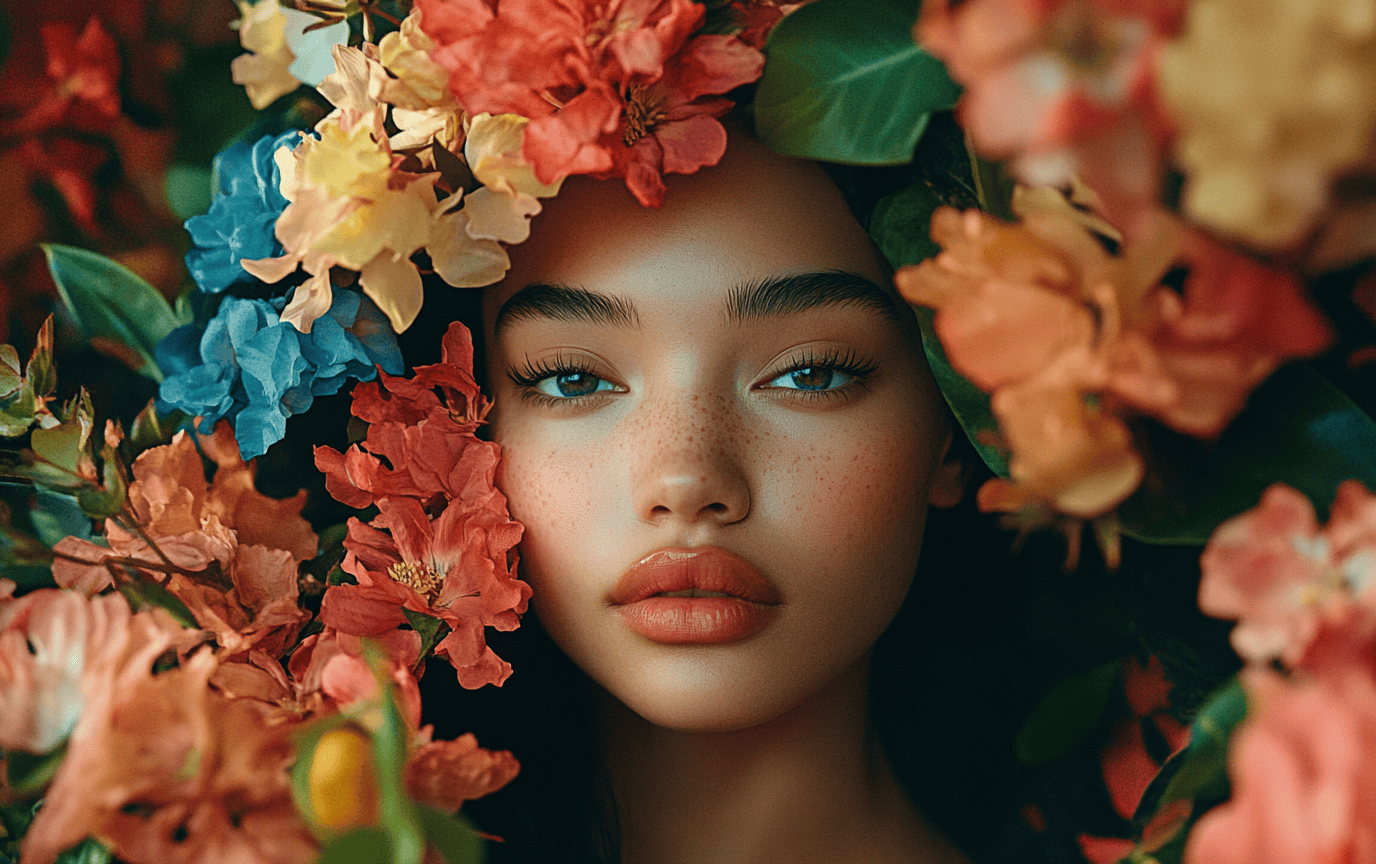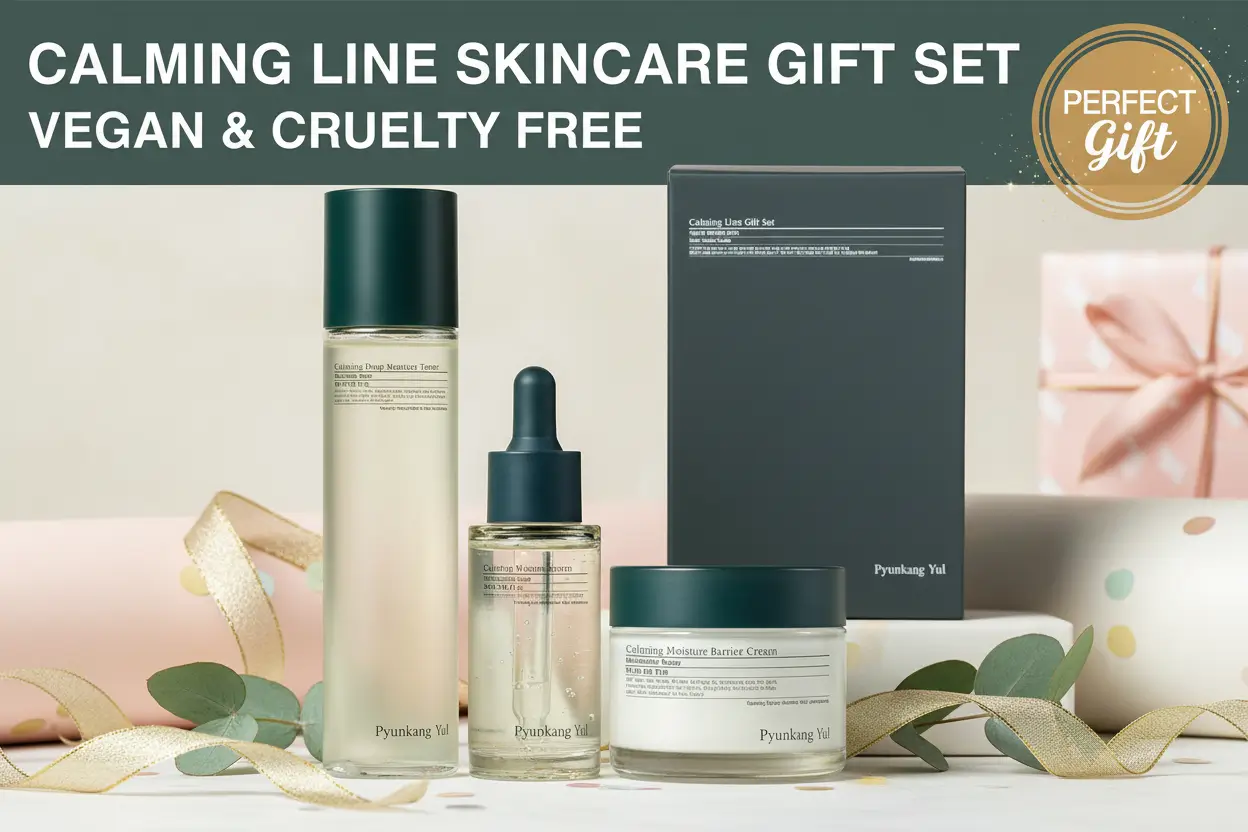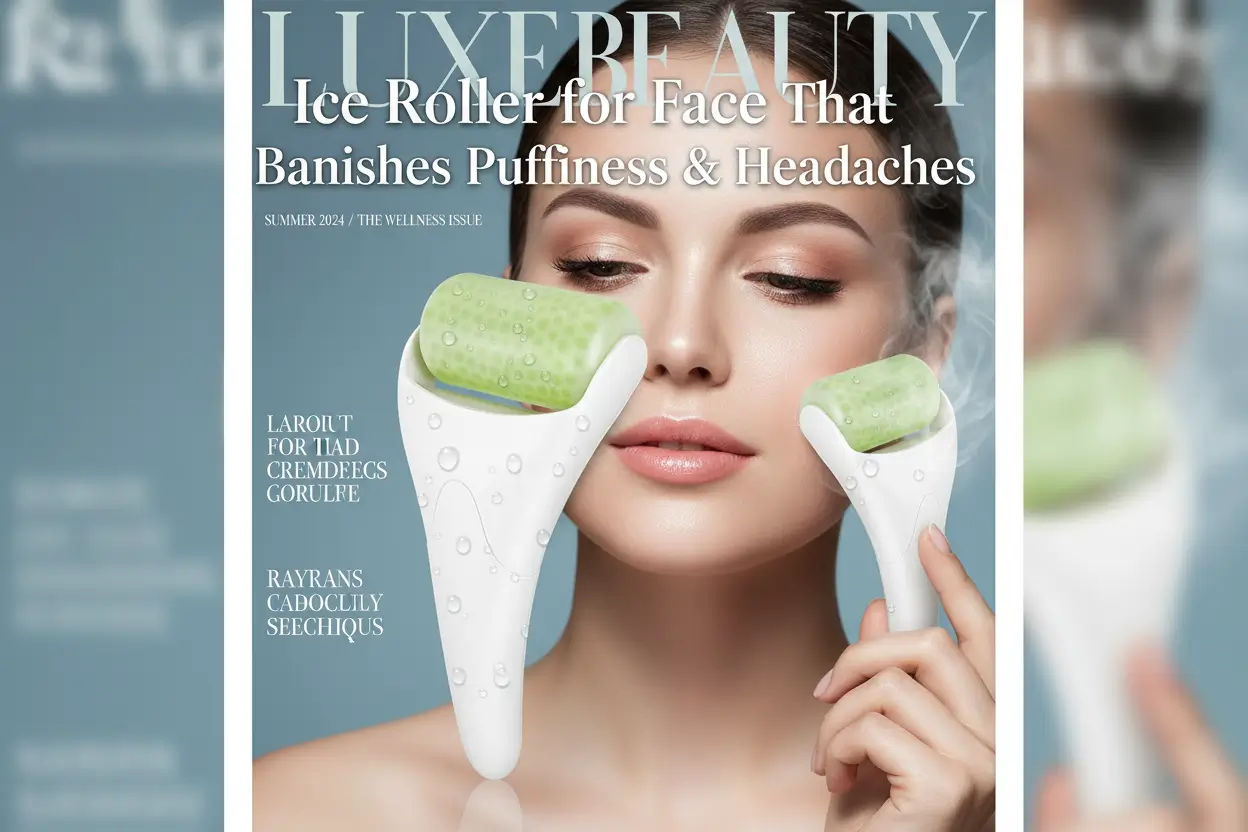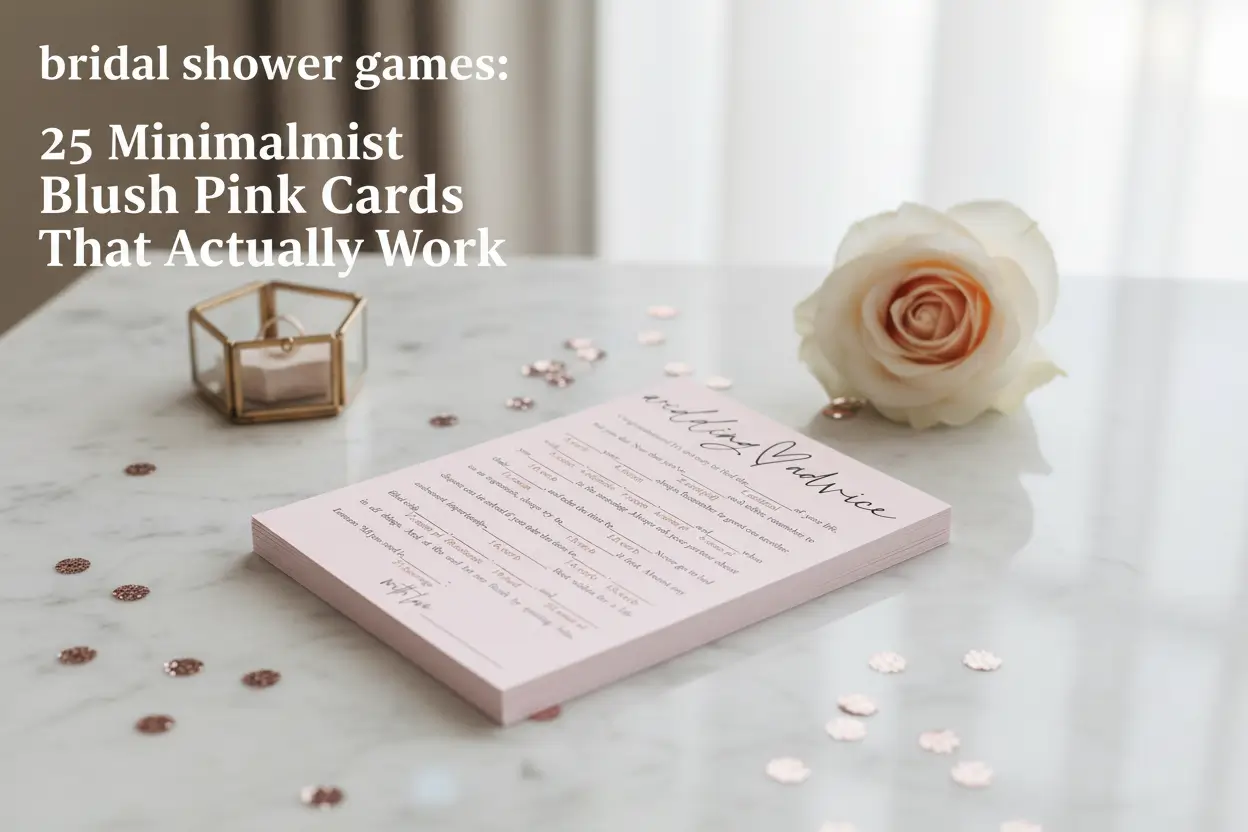Exploring Concepts of Beauty and Aesthetics Across Cultures
There’s a time in every traveler’s life when they look in the mirror, and the reflection staring back seems like more than just skin deep. What shapes this vision? The dazzling colors and patterns of fabrics in bazaars, the banter of locals in a sun-drenched village, whispers of beauty standards past and present that float through the alleys of every city. It’s more than what we see; it’s the heart and soul embedded in the cultures we encounter. Come with me on this journey, where we dip our fingers into the ongoing dialogue about beauty—a language spoken in myriad dialects across the globe.
Cultural Diversity in Beauty Standards
Beauty is a conversation, one where every culture brings its unique voice to the table. The ideal body and visage are often steeped in the traditions and histories of a people. Take Japan, for example. For centuries, women have sought the hue of porcelain skin, often using rice water as a facial wash, believing it imbues purity and elegance. As I strolled through Kyoto, I marveled at the sun-kissed beauty of my friend who had stayed away from the sheen of a suntan.
In stark contrast, basking in the Mediterranean sun comes with its own standards. The sandy beaches of Southern Europe emit a love for bronzed skin, that rejuvenated glow, and body confidence. Who doesn’t want that sun-drenched allure? Yet, what struck me was how these ideals aren’t just personal choices—they often reflect deeper societal beliefs.
Social status, spirituality, and health form the backbone of beauty ideals everywhere. A lighter skin tone has long been admired in some Eastern cultures, often associating it with affluence or nobility, while Western societies emphasize the allure of a sun-kissed appearance. While recounting this duality, a local woman in Cape Town remarked, “Tanning is like wearing your wealth.”
As I ducked into the vibrant stalls of Flower Market in Addis Ababa, the scents of roasted coffee beans mingled with the earthy aroma of spices. I learned that in many parts of Africa, beauty is celebrated with authenticity. In Nigeria, women use African black soap, derived from plantains, for its cleansing and exfoliating properties—nature’s best-kept secret, a spell of beauty passed down through generations. The beauty rituals here encapsulate not only a quest for skin care but a return to the roots—a life steeped in nature.
Traditional Beauty Practices Around the World
Travelers, let’s take a breath and venture deeper into this lush tapestry of beauty practices.
Africa: Beyond black soap, traditional beauty is defined by natural resources. The Xhosa people of South Africa use white clay, or umcholo, to treat skin ailments—an artisan’s approach to wellness.
Asia: The Japanese ritual of using rice water isn’t just about skincare; it’s about tradition and respect for nature. Meanwhile, South Korea’s meticulous multi-step skincare regimens leave you wondering if you’re more likely to find a beauty parlor or a café on every corner.
The Middle East and Europe: The Hammam bathing rituals of Morocco transport you to an oasis of luxury and history—scrubbing away worries while rejuvenating the skin, and henna art, like a beautiful geographical map, tells stories at weddings and festivals.
Each product used is not merely a cosmetic; it carries an entire history, a family legacy, an artistic expression.
Bizarre yet Fascinating Beauty Practices
As we dive further into my suitcase of experiences, my journey revealed extraordinary customs that may seem peculiar but resonate deeply within their own culture.
Myanmar’s Long Neck Rings: Visiting the Kayan people was surreal, watching young girls adorn themselves with brass rings. Fascinated, I learn that the longer the neck, the more beauty is ascribed. It’s a striking manifestation of beauty standards that borders on both art and survival.
Unibrows in Tajikistan: During a tea ceremony led by my host, a grandmother proudly bemoaned the lack of unibrow emphasis, presenting it as a sign of beauty and a lucky charm—much to the young woman’s ABBA-style exclamations of disbelief.
Scarification in Western Africa: As we sat around the fire, elders recounted tales inscribed on the skin—a ritual of belonging, pain woven with history. Just as a painter’s brush strokes define a canvas, scarification marks the bearer’s cultural identity.
These practices remind us how beauty can straddle the line of the ordinary and the bizarre, yet they are simply expressions of love, identity, and heritage.
The Impact of Globalization on Beauty Trends
As the world shrinks through globalization, so too do our beauty ideals mingle and mesh. Wandering through the bustling markets of Istanbul, I encountered Turkish delights nestled alongside Korean sheet masks—a delightful but complex reminder of how fusion impacts tradition.
Social media now serves as a catalyst, promoting diverse beauty beyond geographical boundaries. A hashtag here, a viral trend there, and suddenly, beauty ideals swell like the waves of the ocean, mesmerizing and intimidating. Yet, therein lies a double-edged sword—a delicate dance between cultural exchange and appropriation.
Are we truly appreciating these traditions, or merely borrowing them? This ongoing debate deserves reflection. As we click and share, we create space for respect and recognition, but we must tread lightly, like guests in a sacred space.
Celebrating Diversity in Beauty
Travelers, in our quest for beauty, let’s embrace the mosaic of cultures. It’s not about conforming but about recognizing beauty in its myriad forms. There’s joy in understanding that we don’t have to fit the mold; rather, we can celebrate the curves and edges that make us unique.
In markets bustling with life, dive headfirst into the stories waiting to be told. Accept the warmth of a stranger’s hand in yours and hear their narrative—a collective that enriches our understanding and appreciation.
As beauty transcends borders, we’re left with lessons in solidarity and belonging. Next time you look in the mirror, think of all the traditions wrapped up in that reflection—the love woven through cultures, the stories etched in lines, the beauty born from experience.
Conclusion
So, dear readers, as we close this chapter on beauty across cultures, I invite you to continue your exploration. Remember, beauty is a journey—a path paved with unique traditions, artistic expressions, and cultural ideals. Let us cultivate our understanding and appreciation for beauty that unfolds differently in each corner of the globe.
May you continue to travel with open eyes and hearts, celebrating the incredible diversity around you.
Want to stay updated on the latest travel tips? Check out our Travel Tips section for the latest advice. Looking for lifestyle inspiration? Explore our Lifestyle category, and discover amazing destinations here. Don’t forget to connect with us on YouTube, or follow our adventures on Instagram and Pinterest!
Travel well, my friends! May your adventures be filled with beauty that resonates deeply.













